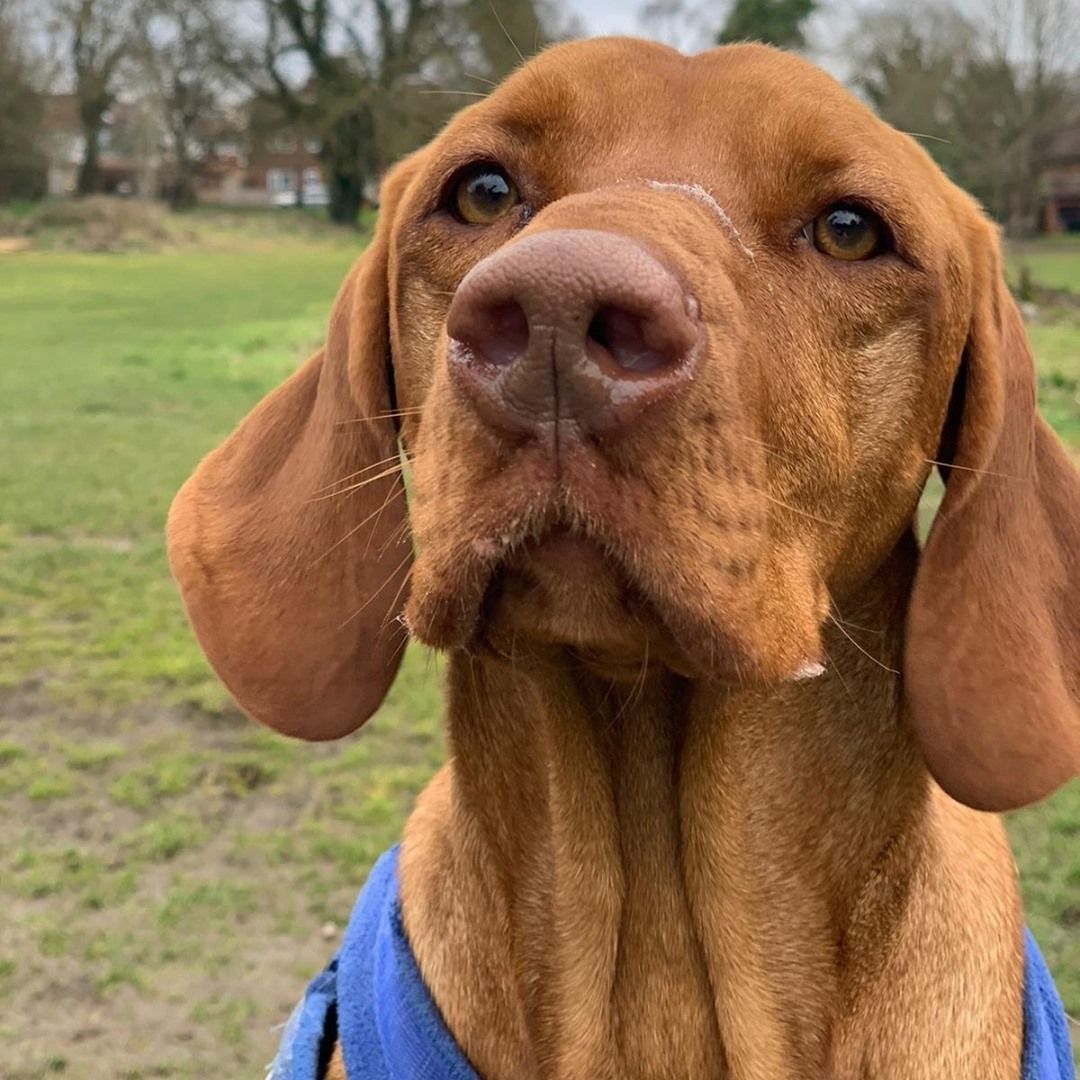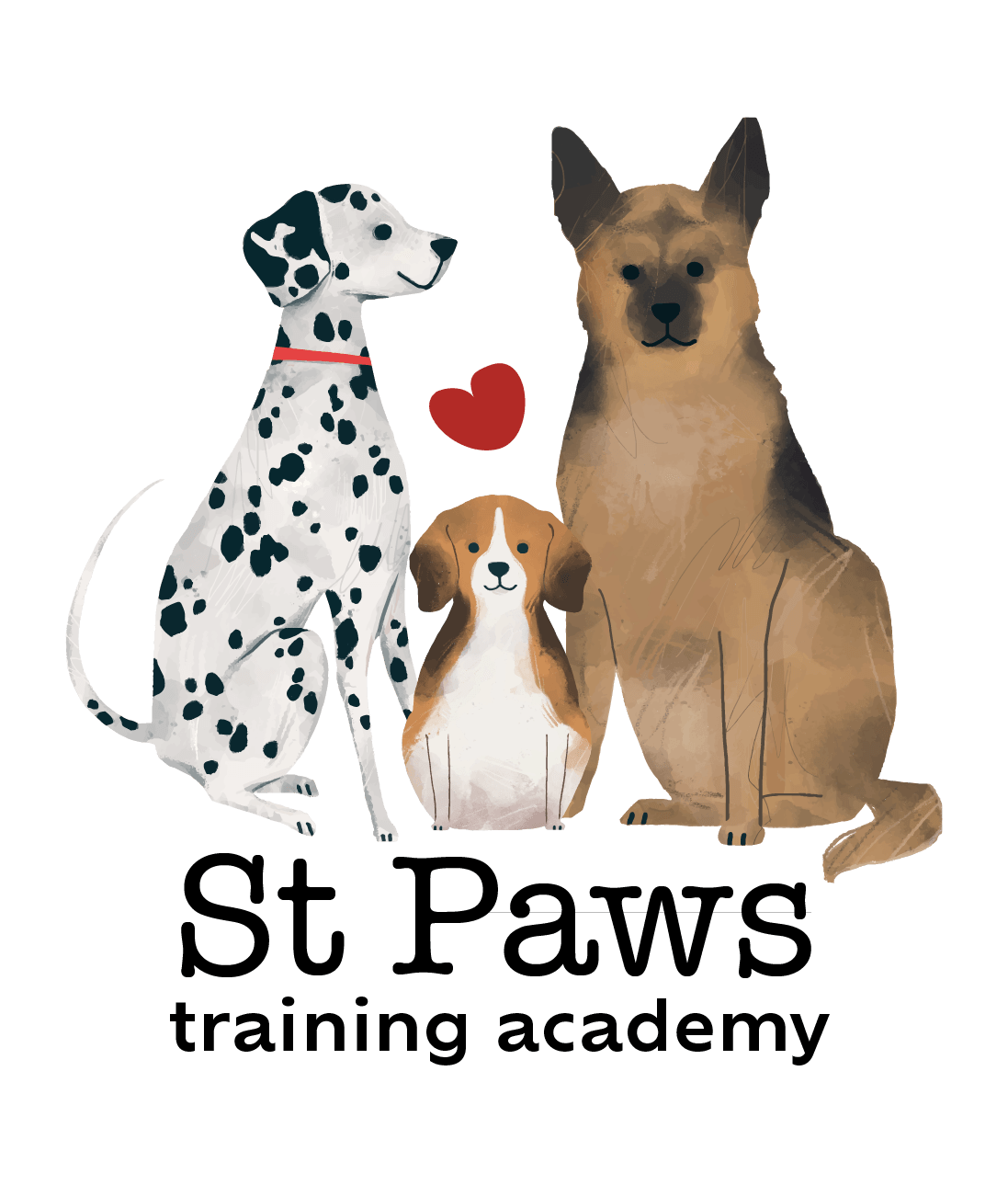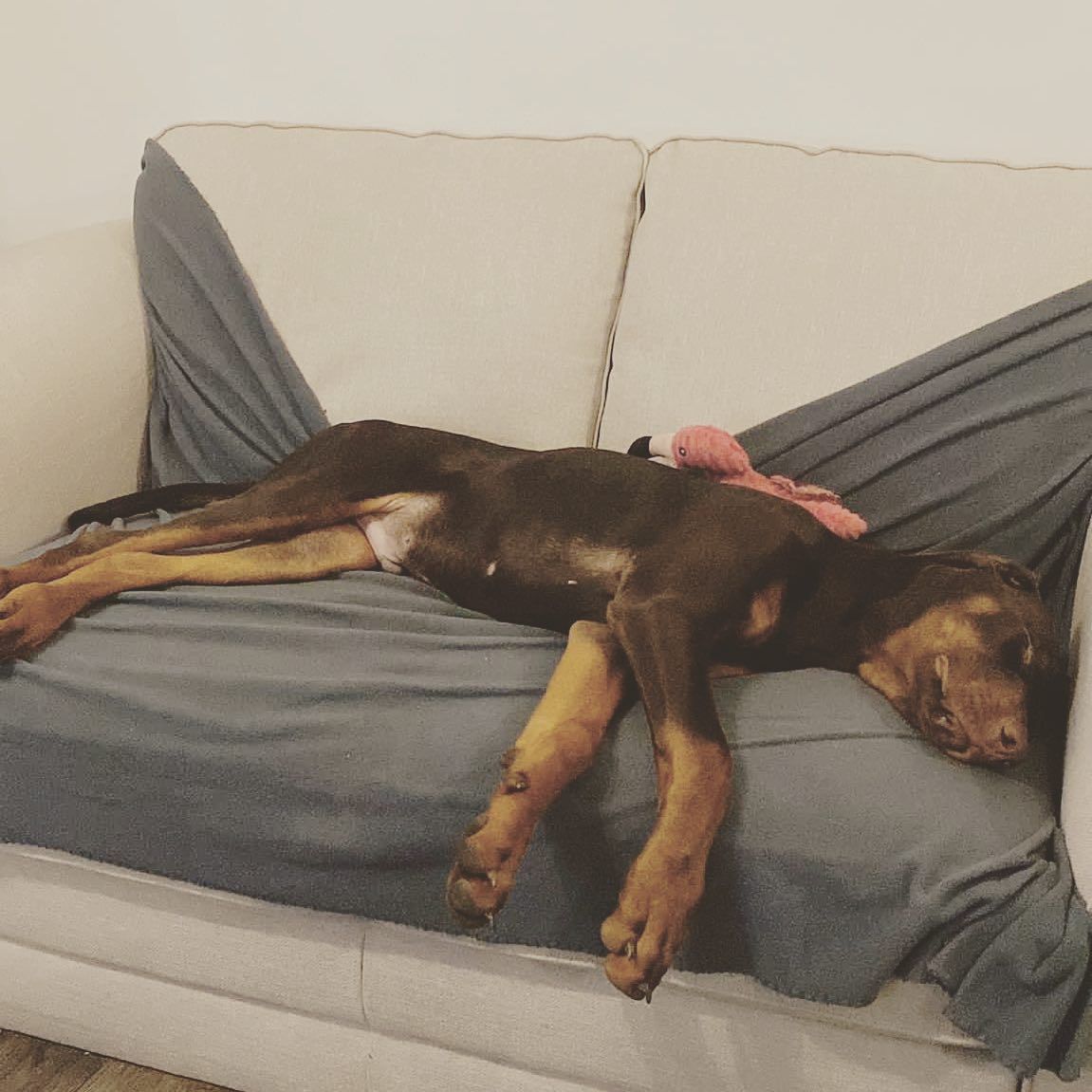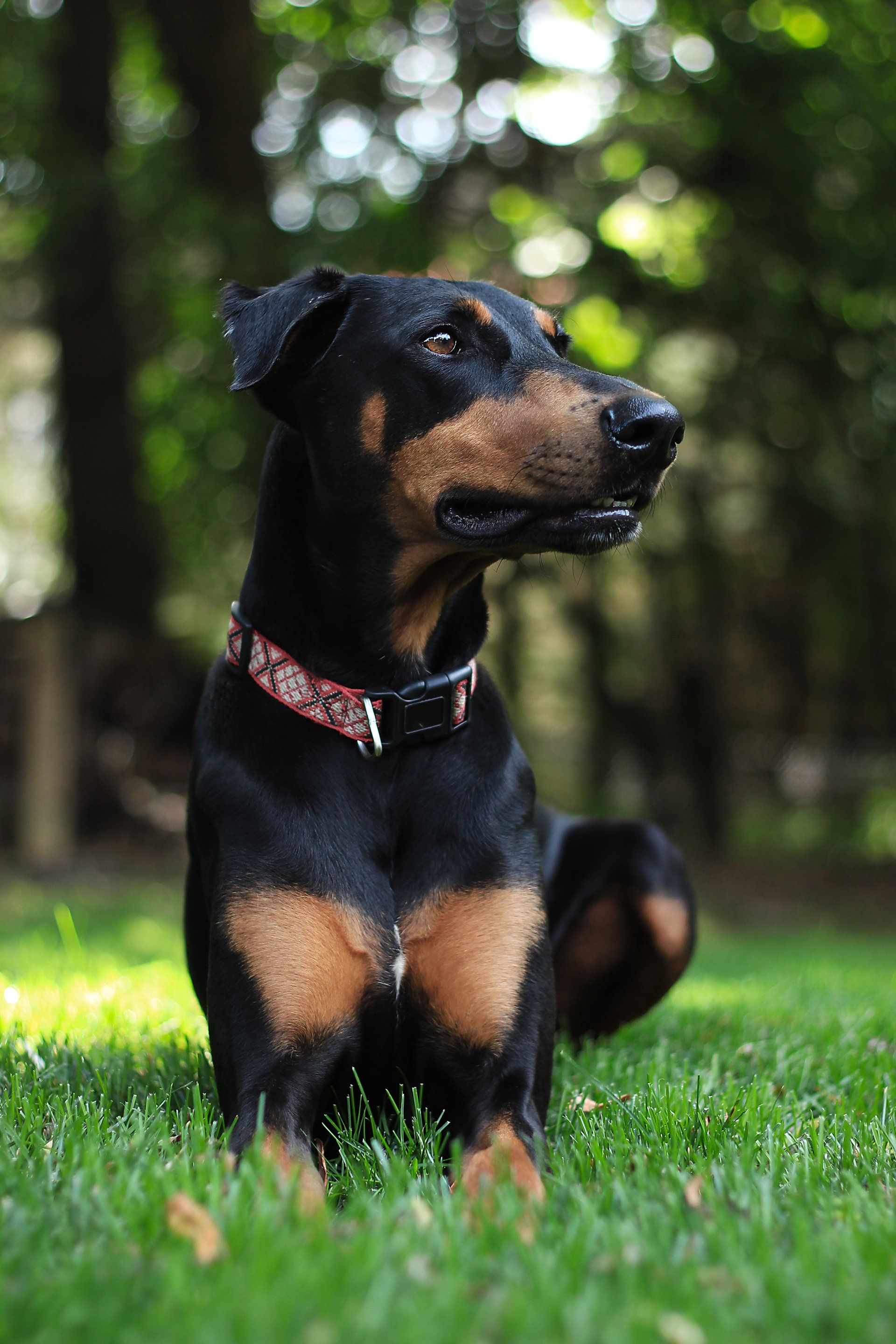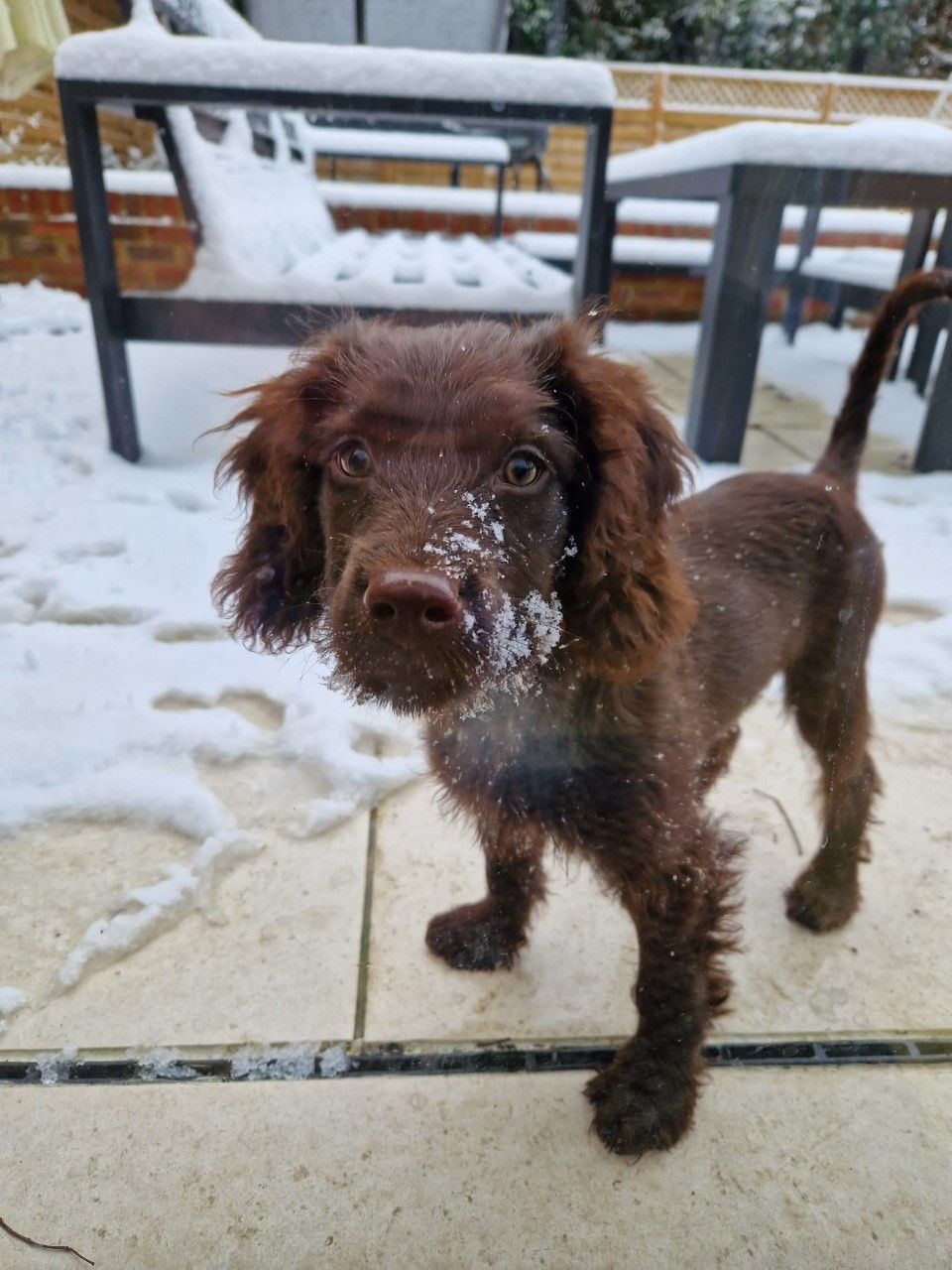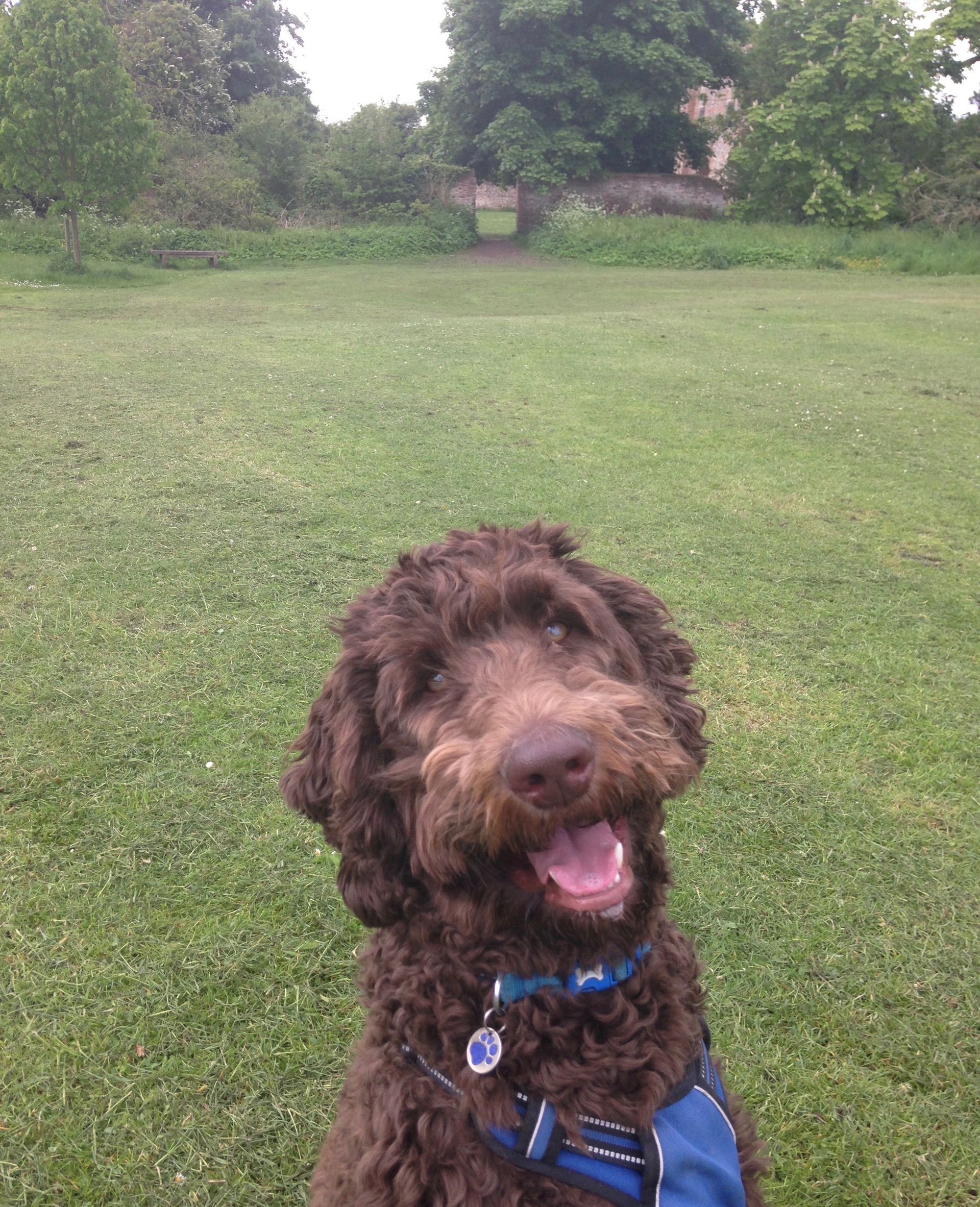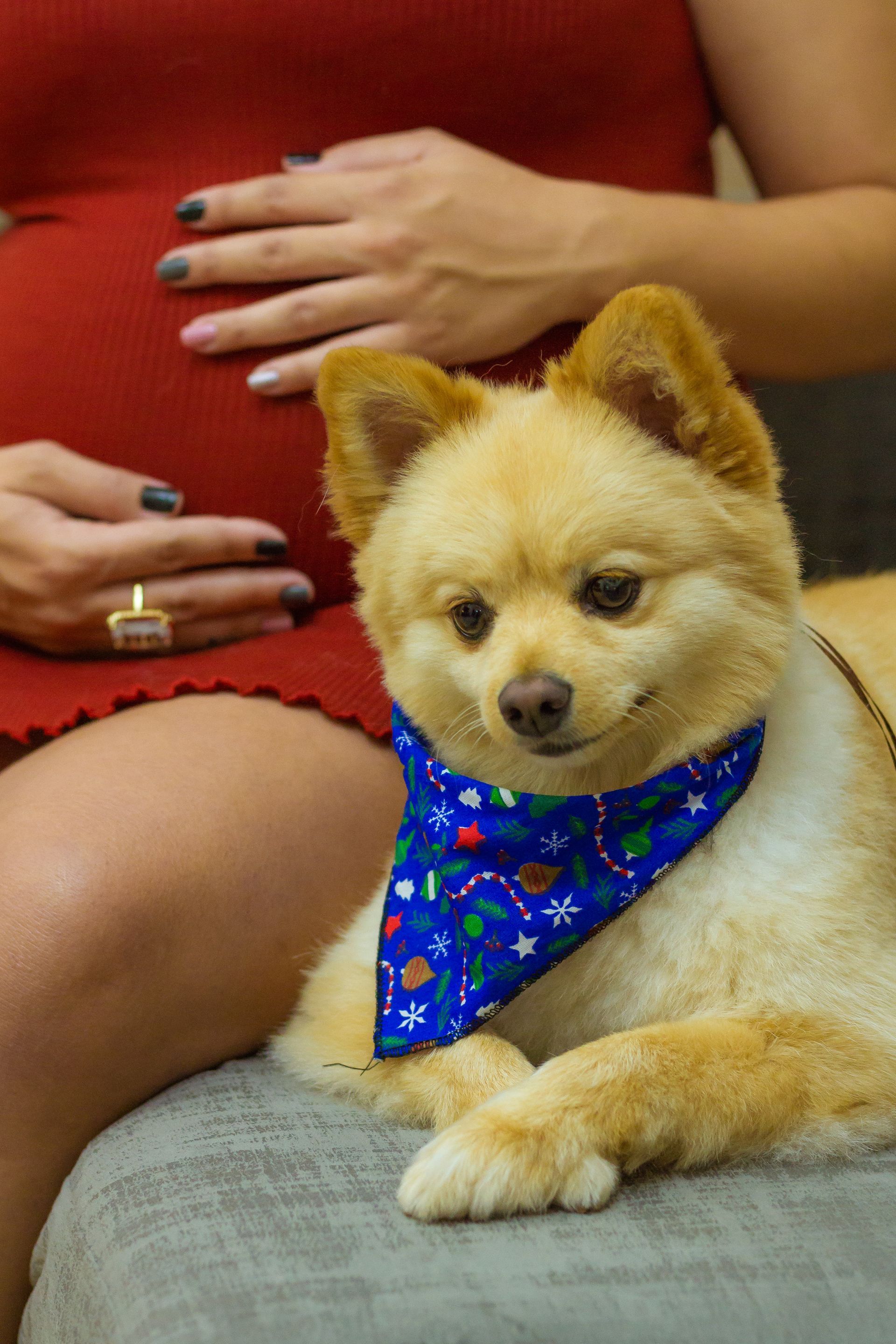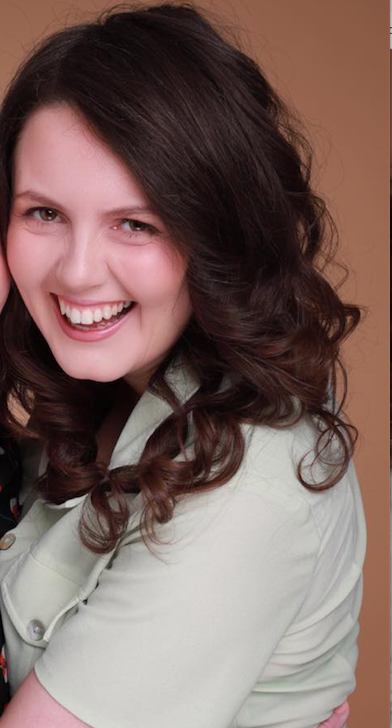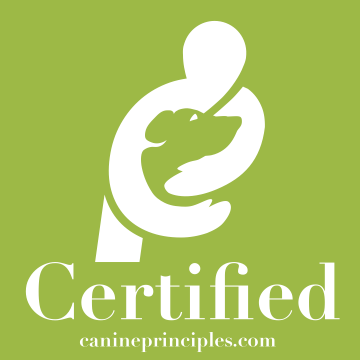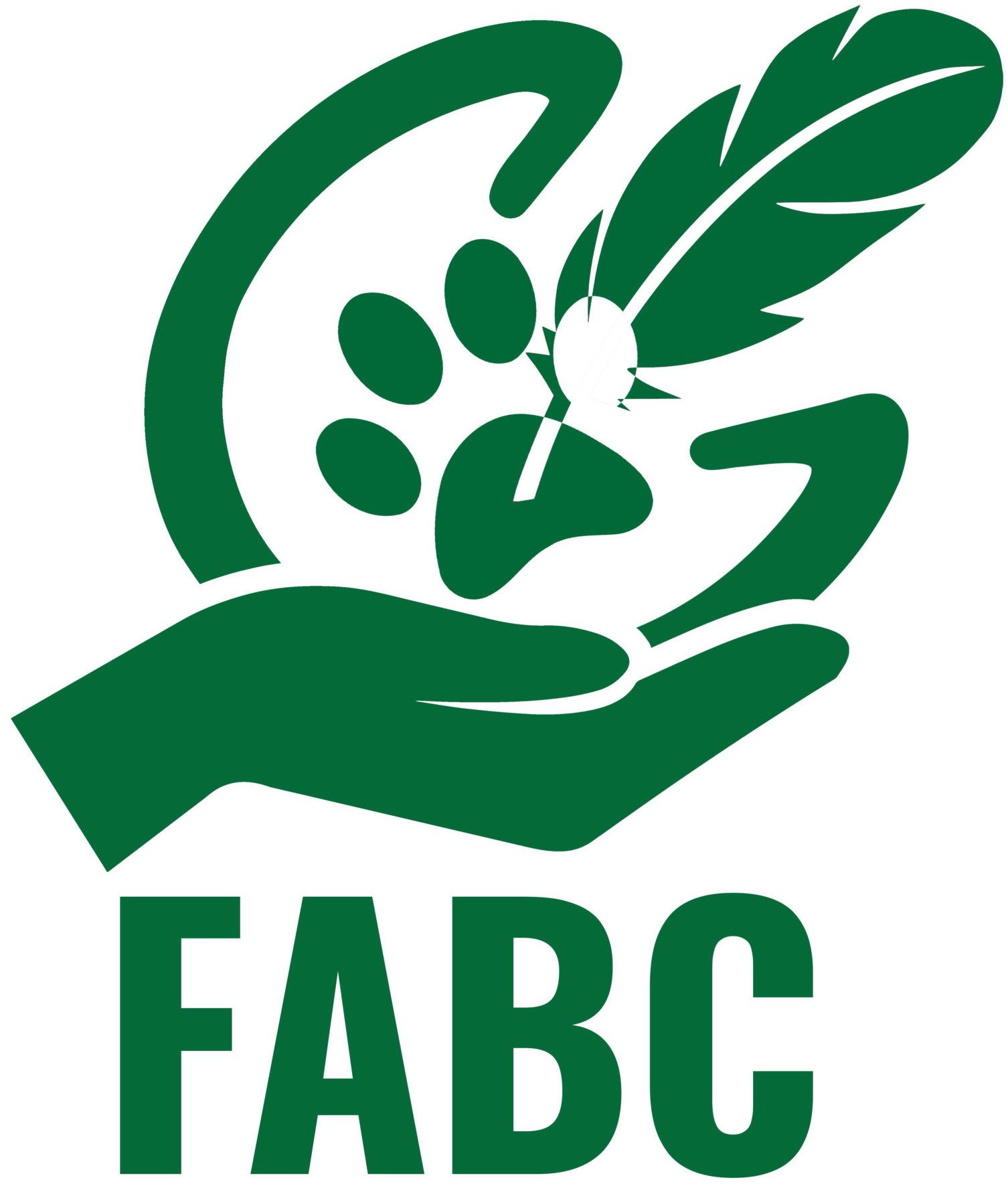What's the issue with slip leads?
Slip leads are leads that tighten around a dog’s neck if they pull. They are the shape of a noose. Here is a photo of one.
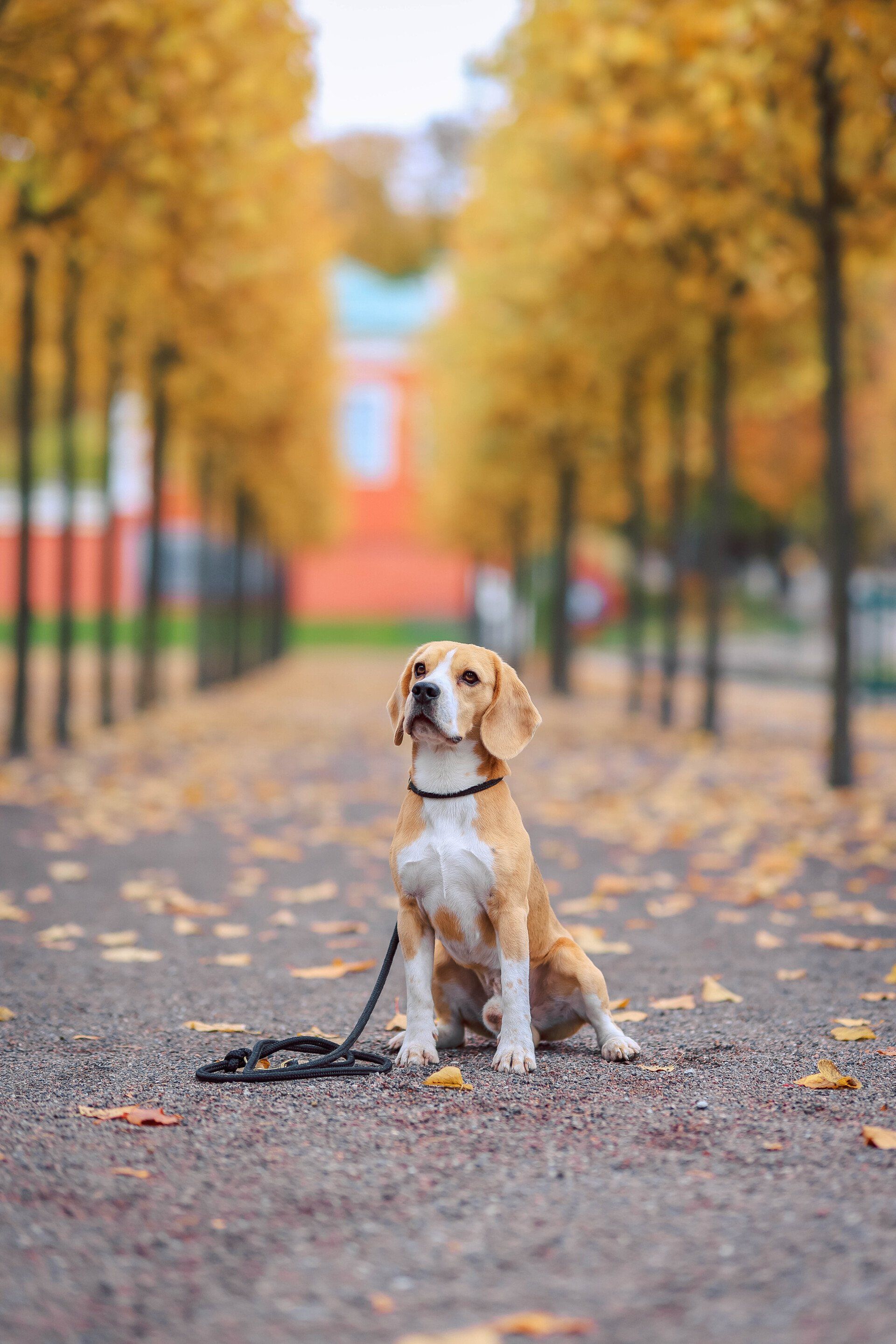
How do they work?
As mentioned, they place pressure around a dog’s neck If they pull.
Some dogs get used to the pain on their neck and simply carry on pulling. For some dogs, the pressure on their neck can cause pain. This is a challenge:
1. Because it’s painful and people don’t want to put their dog in pain.
2. Because potentially the dog can link the pain on their neck with the sight of something, such as a dog or another person. This can cause a new problem such as being fearful of something they are likely to come across everyday.
3. If your dog is nervous of something and pulling away from it/or towards it (which can happen), then again the pressure around their neck will cause tension and a choking sensation. Tension can cause stress stacking, and choking can too - it would be a horrible sensation.
What are the alternatives?
Deciphering why your dog is pulling on the lead in the first place is important. It could be a lack of training issue, they may be scared, or they may be trying to move away from a trigger.
Rewarding them for walking politely and reinforcing what you'd like is important.
Stopping when your dog is pulling so they learn that they don't get where they want to go faster.
A harness in some instances can prevent pulling. However watch out for harnesses that chafe under the neck.
Ensure the harness and collar fits correctly so your dog does not pull out.
It can be stressful, dangerous and upsetting when a dog pulls on the lead. Reach out and book a call to find out how I can support you if you want to find an alternative.

